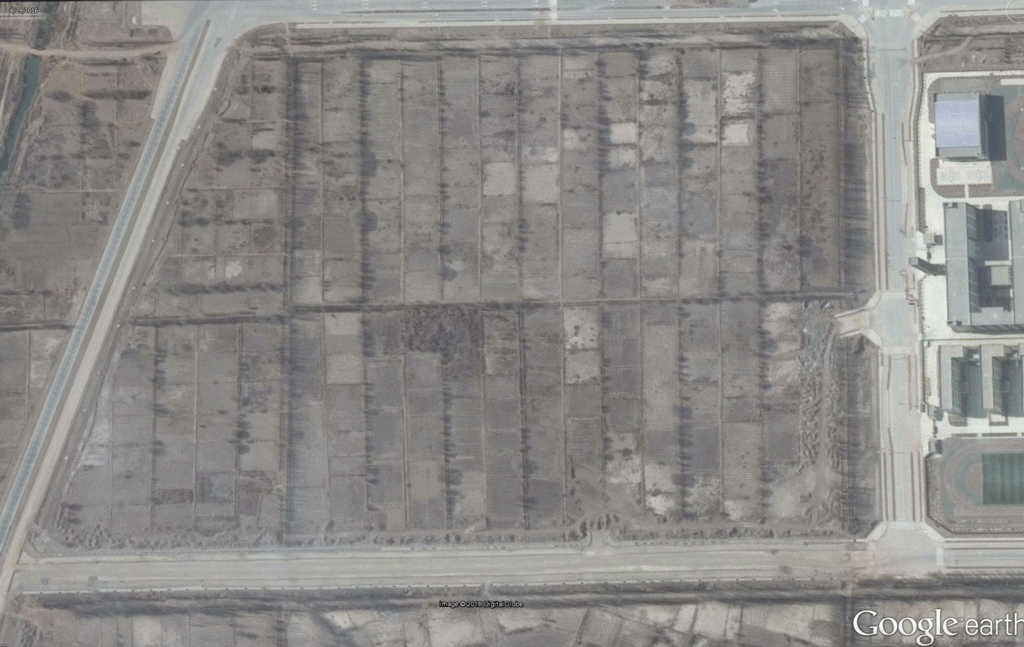
Open-source intelligence (OSINT) has long been undervalued; elbowed out by sexier-sounding ‘secret intelligence’, it has also often been overlooked.
But what is intelligence?
For the answer, let’s go straight to the wisdom of the Middle Kingdom and poor, overused Sun Tzu, who said: ‘If you know your enemies and know yourself, you will not be imperilled in a hundred battles.’ This tells us what we need intelligence to do for us, but what isn’t well understood is that much of the information we need isn’t ‘secret’ or ‘classified’. It is often by combining publicly available and hidden information that we can reveal covert or clandestine intent.
As demonstrated by the Bellingcat investigation into the Skripal poisoning and the revelations about Strava’s fitness heatmap (which one of us highlighted earlier this year), in the OSINT world, the devil is in the detail.
That detail lives in cyberspace, and cyberspace is an OSINT goldmine when you know how to use it and where to look.
Over the past few months, ASPI’s International Cyber Policy Centre (ICPC) has leveraged its cyber, technical and Chinese-language skills to consolidate and expand on the rich and growing body of work that is shedding a brighter light on the Chinese state’s network of ‘re-education’ camps in Xinjiang province.
Our contribution includes a newly released ICPC report and an associated public database.
In addition, today the ABC published some of this research on a fantastic digital site, infused with its own original reporting to provide more context to some of our data.
Our report covers 28 camps that we’ve calculated the size of and tracked the growth of over time. Since early 2016, there has been a 465% increase in the size of these camps. They currently take up 2.7 million square metres of floor space, which is the equivalent of 43 Melbourne Cricket Ground stadiums.
We based our analysis on a wide range of sources, including satellite:
- geo-located imagery of the 28 camps
- time-lapsed imagery of their growth from 2016 to 2018
- measurement of their size (the largest camp in the sample is 526,500 square metres; it was covered recently by the BBC)
- calculation of their growth over time (one camp grew by over 2469.29% between 2016 and 2018; it was reported on by the New York Times)
Chinese-language information:
academics, bloggers and NGOs—including, of particular note:
- Adrian Zenz, whose collection of tenders we attempted to geo-locate
- Shawn Zhang, whose work was vital in collating our public database
- the Bitter Winter blog
- Human Rights Watch report
international media reporting by the BBC, the New York Times, the Wall Street Journal, AFP, AP and Buzzfeed (which included coverage of missing Uyghurs with Australian permanent residency).
All of the Chinese documents we used—both new ones we found and material already revealed by others—have been saved in the Internet Archive’s Wayback Machine. Many valuable sources, especially construction tenders and government web pages, have already been taken offline by censors. (And for those who do online research that might be censored, we recommend this Wayback Machine Chrome extension.)
We have been cautious in our analysis in our pursuit of the answer to a single overarching question: Can we prove that these facilities are not prisons, drug rehabilitation centres or legitimate vocational training centres? To meet that threshold, we examined thousands of pieces of evidence from multiple sources in order to corroborate the premise that the facilities are punitive in nature. We encourage you to take a look at our evidence base and to download the various datasets.
Our database is by no means exhaustive or final. It will continue to develop and grow as additional datasets are added and feedback is received. We hope media outlets, researchers, NGOs and governments see it as a resource they can use in their work and potentially contribute to.
We now live in a world in which 4.1 billion+ people use cyberspace and where organisations and governments must increasingly live and engage online. And it’s fast becoming a world where it’s impossible to hide from satellites. The value of high-quality OSINT is that it pulls multiple strands of information together that can provide a unique platform to demand greater transparency and accountability.
The world’s journalists, diplomats and NGOs have only very limited, if any, access to Xinjiang province. But that doesn’t mean we can’t see what’s right in front of our eyes.

